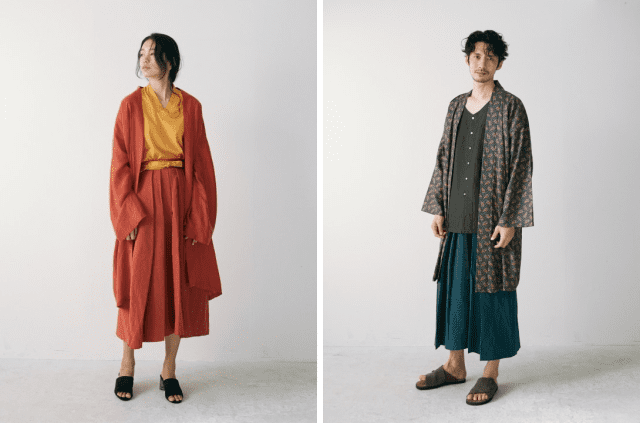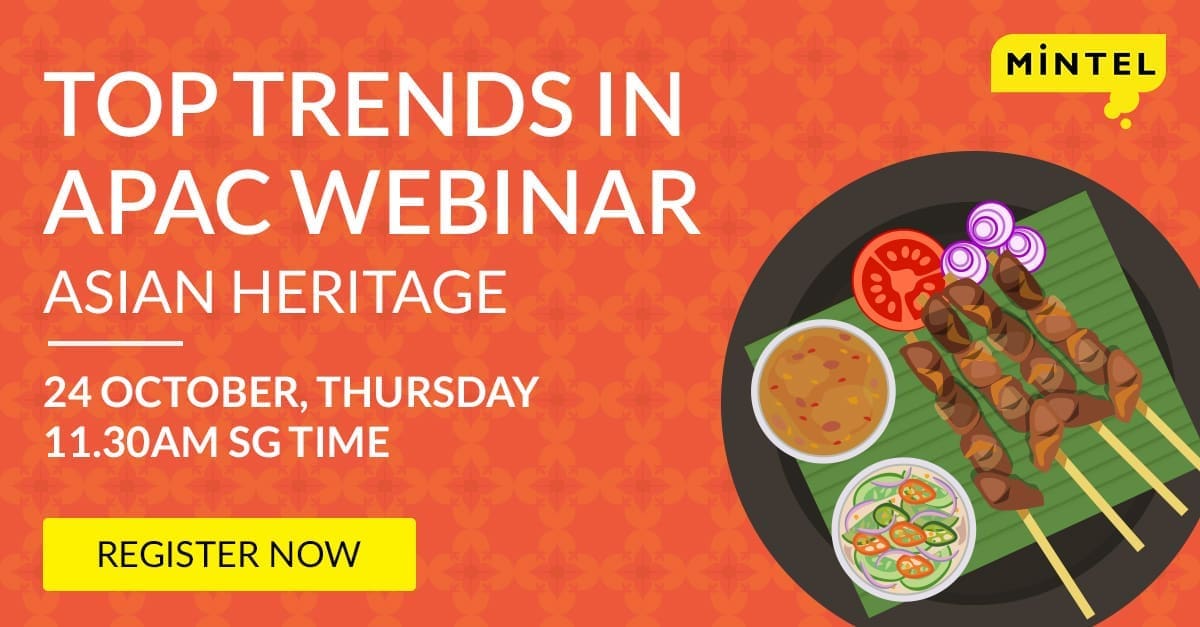Across Asia, consumers are looking to maintain a grip on their own cultural heritage and traditions as the world around them modernises. This is reflected in Mintel Trend ‘Patriot Games’ which discusses how feelings of nationalism, patriotism and pride are changing in response to cultural and demographic shifts. With this, it is important that companies and brands explore ways of localising their strategies to win in the Asian market.
Here, we look at three brand initiatives that honour, preserve and reinvent Asian traditions and heritage in modern ways.
KEBAYA COMEBACK, GARUDA INDONESIA, INDONESIA
Airline company Garuda Indonesia launched its ‘New Flight Experience’ campaign with the aim of preserving Indonesia’s cultural heritage and promoting the Indonesian identity. Among the various initiatives rolled out for the campaign includes the airline switching its female flight attendants’ regular uniform to kebayas for a special flight service. Kebayas are traditional outfits that are typically worn by women in Indonesia.
In the aviation industry, crew uniforms are carefully designed to reflect the company and the values it stands for. Garuda Indonesia’s move to introduce the traditional kebaya at the front line not only enhances the brand’s visual equities, it also seems to be an authentic signal of the brand’s effort to uphold cultural heritage. Incorporating cultural overtones in certain aspects of the customer experience allows a brand to engage with consumers in a way that feels personal to them.
To promote Indonesia to the rest of the world, the national flag carrier’s campaign not only serves to evoke feelings of national pride, it also helps to raise travellers’ understanding and appreciation of Indonesian culture.
MUSIC IN YOUR LANGUAGE, SPOTIFY, INDIA
Riding on the excitement around India’s festival of colours, Holi, Spotify launched the #PacketMeinPlaylist campaign to highlight its music offerings in different languages such as Hindi, Tamil, Telugu and Punjabi, along with a wide variety of Bollywood songs.
Themed around the Holi festival, the visuals of the campaign featured plastic packets of coloured powder. Opening the search tab in the Spotify app allowed users to scan the unique code on the packet and open a curated playlist that was of a specific language.
Though Spotify is a late entrant into the Indian music streaming scene only launching earlier this year, it managed to hit 1 million users in a week. The global music streaming service worked closely with local teams of researchers, engineers and cultural taste-makers to ensure the product would be favoured by people all over India—whether they’re listening to local Bollywood and Punjabi hits or discovering curated global playlists.
Spotify’s commitment to adapt to local culture reflects how companies are acknowledging and embracing local lifestyles and preferences. This tactic helps companies customise their offerings according to the local sensibilities of the new market or region, thus ensuring wider reach and acceptance.
SAMURAI STYLE, TROVE, JAPAN
Japanese fashion label Trove has incorporated traditional Samurai styles into its Wa Robe clothing line. The collection includes unisex Naga-Hanten jackets made from high-quality cotton, and Haori half-coats in austere patterns and muted colours, inspired by the garments commonly worn during Japan’s feudal era.
The brand’s Wa Robe clothing line features deliberately downplayed aesthetics with baggy lines and casual cuts. And that’s what makes Trove so unique; it has referenced a specific period in Japanese history without embellishing or modernising the visual appeal, staying true to the essence of Samurai clothing.
Fashion designers seeking to entice younger consumers are referencing elements of history, art and folklore to forge closer bonds between style and national identity. Even if the throwback styles don’t see out the season, unfiltered cultural familiarity may appeal to the fashion-conscious consumers who aren’t afraid to express themselves and celebrate their own unique culture and heritage.
NEW WEBINAR
Join us at our upcoming ‘Top Trends in APAC’ webinar where the Mintel Trends team will discuss the importance of honouring cultural heritage and traditions in Asian markets amidst a modern backdrop. We will also take a look at case studies of how brands in the region are responding to local sensitivities, tailoring their products to suit the preferences and needs of local markets.
Click here to register today.












































